Home>Home Appliances>Kitchen Appliances>What Is A Pump Espresso Machine
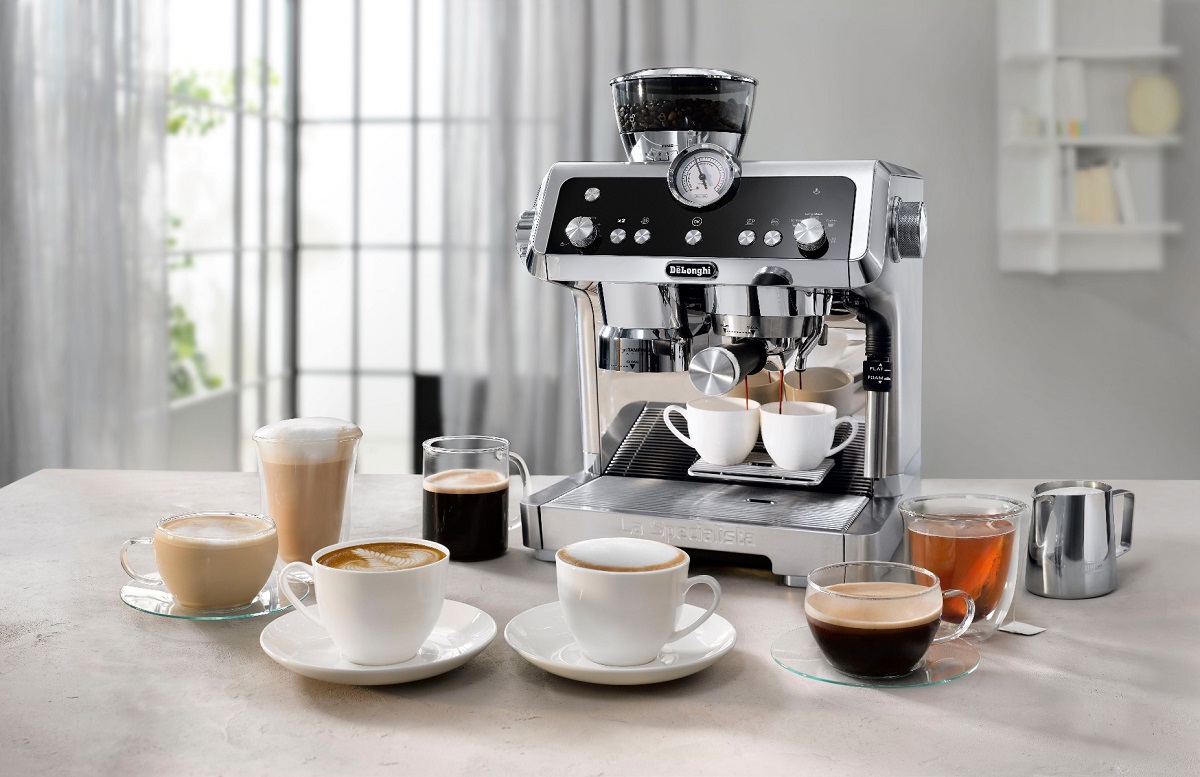

Kitchen Appliances
What Is A Pump Espresso Machine
Modified: August 16, 2024
Discover the benefits of a pump espresso machine for your kitchen. Find out how this kitchen appliance can elevate your coffee game and enhance your home brewing experience. Explore the features and advantages today!
(Many of the links in this article redirect to a specific reviewed product. Your purchase of these products through affiliate links helps to generate commission for Storables.com, at no extra cost. Learn more)
Introduction
Welcome to the world of espresso! If you're a coffee enthusiast, you've likely heard about pump espresso machines. These remarkable appliances have revolutionized the way we prepare and enjoy espresso at home, offering unparalleled convenience and the ability to craft delicious, barista-quality beverages without leaving the comfort of your kitchen.
In this comprehensive guide, we'll delve into the inner workings of pump espresso machines, explore their history, understand the different types available, and provide valuable insights on choosing the right one for your needs. Additionally, we'll discuss essential maintenance and cleaning tips to ensure your machine continues to deliver exceptional espresso for years to come.
Whether you're a seasoned espresso aficionado or just beginning to explore the world of specialty coffee, this article aims to equip you with the knowledge and confidence to make informed decisions about pump espresso machines. So, grab your favorite mug, settle into a cozy spot, and let's embark on a journey to unravel the magic of pump espresso machines together.
Key Takeaways:
- Pump espresso machines use high pressure and precise temperature control to extract rich, aromatic espresso, offering a variety of options to cater to different preferences and skill levels.
- Choosing the right pump espresso machine involves considering performance, convenience, design, and long-term value, while proper maintenance and cleaning are crucial for preserving its capabilities and ensuring lasting satisfaction.
Read more: What Is An Espresso Machine
History of Espresso Machines
The fascinating history of espresso machines dates back to the 19th century, with the quest to create a quick and efficient method of brewing concentrated coffee. The first espresso machine, patented by Angelo Moriondo of Turin, Italy in 1884, was a steam-driven contraption designed to force boiling water through coffee grounds at high pressure. This innovative approach significantly reduced the brewing time, producing a rich, intense coffee known as espresso.
Over the years, espresso machine technology continued to evolve, with the introduction of lever-operated machines in the early 20th century, followed by the development of pump-driven espresso machines. These advancements marked a significant shift in the espresso-making process, allowing for greater precision in controlling pressure and temperature, ultimately leading to the production of consistently superior espresso.
One of the pivotal moments in the history of espresso machines occurred in 1947 when Achille Gaggia filed a patent for a lever-operated machine that utilized a spring-powered piston to generate high pressure. This innovation gave rise to the modern pump espresso machine, which revolutionized the way espresso was extracted, resulting in the coveted crema, a hallmark of well-prepared espresso.
As espresso culture spread beyond Italy, the demand for high-quality espresso machines surged, prompting manufacturers to refine and enhance their designs. Today, pump espresso machines are synonymous with precision, reliability, and the ability to unleash the full flavor potential of coffee beans, captivating the palates of coffee enthusiasts worldwide.
The rich history of espresso machines serves as a testament to the enduring quest for perfection in coffee preparation, driving continuous innovation and elevating the art of espresso-making to new heights.
How Pump Espresso Machines Work
Pump espresso machines operate on a simple yet ingenious principle, utilizing a combination of pressure, water, and finely ground coffee to produce the coveted elixir known as espresso. At the heart of these machines lies a powerful pump, typically driven by an electric motor, which generates the high pressure necessary to extract the flavors and aromas from the coffee grounds.
When the machine is activated, the pump forces water from the machine’s reservoir through a heat exchange system or a thermoblock, where it is rapidly heated to the optimal brewing temperature, typically between 195°F to 205°F (90°C to 96°C). This precise temperature control is crucial for achieving the perfect extraction, ensuring that the coffee grounds are neither under-extracted nor scorched, resulting in a harmonious balance of flavors in the finished espresso.
Once the water reaches the ideal temperature, it is propelled through the coffee grounds at high pressure, typically 9 bars or higher, depending on the machine’s design. This intense pressure causes the coffee’s soluble compounds to dissolve and emulsify, yielding a rich, aromatic liquid that cascades into the waiting cup, crowned by the prized layer of crema.
Furthermore, pump espresso machines often feature advanced brewing mechanisms, such as pre-infusion systems, which wet the coffee grounds before applying full pressure, allowing for a more even extraction and enhancing the nuanced flavors of the espresso. Additionally, some models offer programmable settings for controlling shot volume and extraction time, empowering users to tailor their espresso to their exact preferences.
It’s important to note that the quality of the coffee beans, the fineness of the grind, and the tamping pressure also play pivotal roles in the brewing process. By meticulously adjusting these variables, users can fine-tune the extraction and unlock the full potential of their chosen coffee blend, resulting in a truly exceptional espresso experience.
In essence, pump espresso machines embody the marriage of precision engineering and artful coffee craftsmanship, delivering a symphony of flavors and aromas with each perfectly brewed shot of espresso.
Types of Pump Espresso Machines
When exploring the world of pump espresso machines, it’s essential to understand the diverse array of options available, each catering to different preferences, brewing styles, and levels of convenience. Here are the primary types of pump espresso machines:
Semi-Automatic Espresso Machines
Semi-automatic espresso machines are revered for their balance of control and convenience. These machines feature a manual lever or button for initiating and stopping the espresso extraction process, giving users the flexibility to adjust the shot length and experiment with various brewing parameters. With a bit of practice, enthusiasts can hone their barista skills and achieve customized espresso profiles tailored to their taste preferences.
Read more: What Are The Parts Of An Espresso Machine
Automatic Espresso Machines
Automatic espresso machines streamline the brewing process by automating the water delivery and shot volume, eliminating the need for manual intervention. Users simply select their desired shot size, and the machine delivers a consistent, pre-programmed volume of espresso. This hands-free approach simplifies the brewing experience, making automatic machines ideal for individuals seeking a hassle-free, yet customizable espresso-making process.
Super-Automatic Espresso Machines
Super-automatic espresso machines epitomize convenience and luxury, offering an all-in-one solution for grinding, tamping, brewing, and milk frothing. These sophisticated marvels of engineering feature built-in grinders, programmable settings for shot volume and strength, and integrated milk frothing systems for crafting lattes, cappuccinos, and other milk-based beverages with minimal effort. With the press of a button, users can savor indulgent espresso drinks without the need for manual grinding or frothing.
Manual Espresso Machines
For purists and aficionados who relish the hands-on art of espresso preparation, manual espresso machines provide an immersive and customizable brewing experience. These machines require the user to exert manual pressure, often through a lever or piston, to generate the necessary brewing pressure. While mastering the technique may require practice and finesse, the reward is the ability to exert precise control over every aspect of the brewing process, resulting in deeply satisfying, artisanal espresso.
Each type of pump espresso machine offers a distinct approach to espresso preparation, catering to a spectrum of preferences, skill levels, and lifestyle demands. By understanding the nuances of these machine types, enthusiasts can select the perfect espresso companion to complement their individual tastes and brewing aspirations.
Choosing the Right Pump Espresso Machine
With a myriad of pump espresso machines available on the market, selecting the ideal one can seem daunting. However, by considering a few key factors, you can confidently navigate the options and find a machine that perfectly aligns with your brewing preferences and lifestyle. Here are essential considerations to guide your decision:
Read more: What Is A Prosumer Espresso Machine
Performance and Brewing Capabilities
Assess the machine’s brewing capabilities, including its pump pressure, temperature stability, and the presence of advanced features such as pre-infusion and programmable settings. Look for a machine that offers the precision and flexibility needed to extract espresso with optimal flavor and crema, ensuring a delightful sensory experience with every sip.
User-Friendliness and Convenience
Consider the user interface and overall ease of operation. Whether you prefer the hands-on control of a semi-automatic machine or the convenience of fully automated functions, choose a machine that aligns with your comfort level and desired level of involvement in the brewing process.
Built-in Grinder and Milk Frothing Capabilities
If you value convenience and space-saving design, opt for a machine with a built-in grinder for freshly ground coffee and integrated milk frothing capabilities for crafting creamy, indulgent beverages. These features streamline the espresso-making process and enhance the versatility of the machine.
Build Quality and Design
Assess the build quality, materials, and overall design of the machine. Look for durable construction, easy-to-clean surfaces, and a design that complements your kitchen aesthetic. Additionally, consider the machine’s size and footprint to ensure it fits seamlessly into your kitchen space.
Read more: What Is A Heat Exchanger Espresso Machine
Brand Reputation and Customer Support
Research the reputation of the brand and the availability of customer support and warranty services. Opting for a reputable manufacturer with a track record of quality and reliability can provide peace of mind and assurance of long-term satisfaction with your espresso machine.
Budget and Long-Term Value
Set a realistic budget and weigh the long-term value of the machine. While it’s tempting to focus solely on the upfront cost, consider the durability, performance, and features offered by the machine, ensuring that it aligns with your expectations and delivers lasting value.
By carefully evaluating these factors and considering your personal preferences, you can navigate the diverse landscape of pump espresso machines with confidence, ultimately selecting a machine that becomes a cherished companion in your pursuit of exceptional espresso.
Maintenance and Cleaning Tips
Proper maintenance and regular cleaning are essential for preserving the performance and longevity of your pump espresso machine, ensuring that it continues to deliver delectable espresso with precision and consistency. Here are valuable maintenance and cleaning tips to keep your machine in prime condition:
Regular Descaling
Mineral deposits from water can accumulate in the internal components of the machine over time, affecting its performance and flavor quality. To prevent this, it’s crucial to descale the machine at regular intervals using a descaling solution specifically formulated for espresso machines. Follow the manufacturer’s guidelines for the frequency of descaling based on your usage and water hardness.
Read more: What Grind Of Coffee For An Espresso Machine
Cleaning the Portafilter and Filter Baskets
After each use, remove the portafilter and thoroughly rinse it under running water, ensuring that no coffee grounds are left behind. Additionally, clean the filter baskets to prevent the buildup of coffee oils and residue, which can impart off-flavors to your espresso. Periodically soak the components in a solution of water and espresso machine cleaner for a deep clean.
Maintaining the Steam Wand
If your machine features a steam wand for frothing milk, it’s essential to purge it after each use by releasing steam to clear any milk residue. Wipe the steam wand with a damp cloth to remove any milk buildup, and periodically remove the steam wand tip for thorough cleaning to prevent blockages and ensure optimal frothing performance.
Cleaning the Water Reservoir and Drip Tray
Regularly remove and clean the water reservoir to prevent the growth of mold or bacteria. Use mild detergent and warm water to clean the reservoir, ensuring it is thoroughly rinsed and dried before reassembly. Similarly, empty and clean the drip tray to maintain a hygienic brewing environment.
Inspecting and Replacing Seals and Gaskets
Periodically inspect the seals and gaskets of the machine for signs of wear or deterioration. Over time, these components may require replacement to maintain proper pressure and prevent leaks. Consult the machine’s manual or manufacturer for guidance on identifying and replacing worn seals and gaskets.
Read more: What Coffee To Use In An Espresso Machine
Professional Servicing
Consider scheduling periodic professional servicing or maintenance checks, especially if you notice any irregularities in the machine’s performance. Qualified technicians can conduct thorough inspections, address potential issues, and ensure that the internal components are functioning optimally.
By adhering to these maintenance and cleaning practices, you can safeguard the integrity of your pump espresso machine, preserving its functionality and ensuring that it continues to deliver exceptional espresso experiences for years to come.
Conclusion
As we conclude our exploration of pump espresso machines, we hope that this journey has deepened your understanding and appreciation for these remarkable appliances. From their rich historical roots to their intricate brewing mechanisms, pump espresso machines embody the marriage of artistry and engineering, empowering coffee enthusiasts to savor the allure of espresso in the comfort of their homes.
With a diverse array of pump espresso machine types available, each offering unique brewing experiences and conveniences, there is a perfect companion for every espresso aficionado. Whether you relish the hands-on craftsmanship of a manual machine or prefer the effortless precision of a super-automatic model, the world of pump espresso machines invites you to embark on a sensory adventure, one perfectly extracted shot at a time.
Choosing the right pump espresso machine entails a thoughtful consideration of performance, convenience, design, and long-term value, ensuring that your chosen machine becomes an indispensable ally in your pursuit of exceptional espresso. By understanding the maintenance and cleaning requirements, you can nurture your machine, preserving its capabilities and relishing the enduring pleasure of crafting exquisite espresso beverages.
As you navigate the realm of pump espresso machines, may your brewing endeavors be filled with joy, discovery, and the delightful aromas of freshly extracted espresso. Whether you’re savoring a velvety latte or reveling in the pure intensity of a double shot of espresso, may each cup be a celebration of craftsmanship, flavor, and the simple pleasures that elevate our daily rituals.
Embrace the artistry of espresso-making, and may your pump espresso machine become a cherished conduit for crafting moments of indulgence, creativity, and connection, enriching your coffee journey with every aromatic, crema-topped sip.
Here’s to the captivating world of pump espresso machines, where precision meets passion, and every cup tells a story of craftsmanship and delight.
Frequently Asked Questions about What Is A Pump Espresso Machine
Was this page helpful?
At Storables.com, we guarantee accurate and reliable information. Our content, validated by Expert Board Contributors, is crafted following stringent Editorial Policies. We're committed to providing you with well-researched, expert-backed insights for all your informational needs.
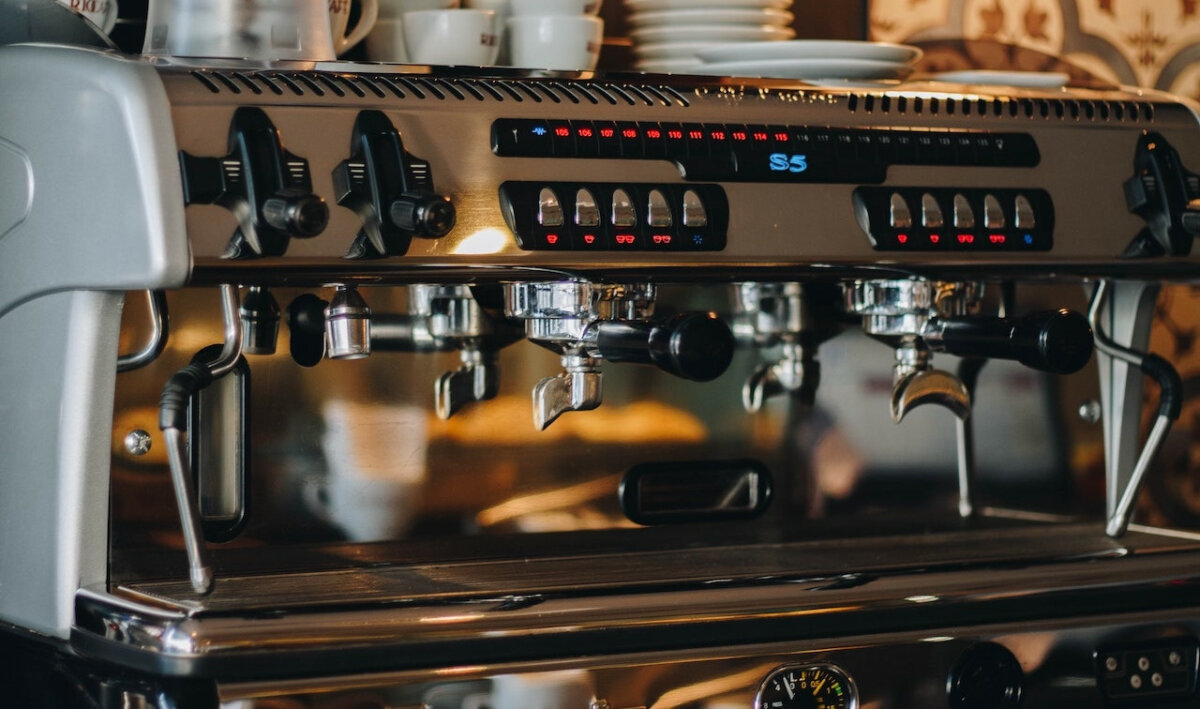
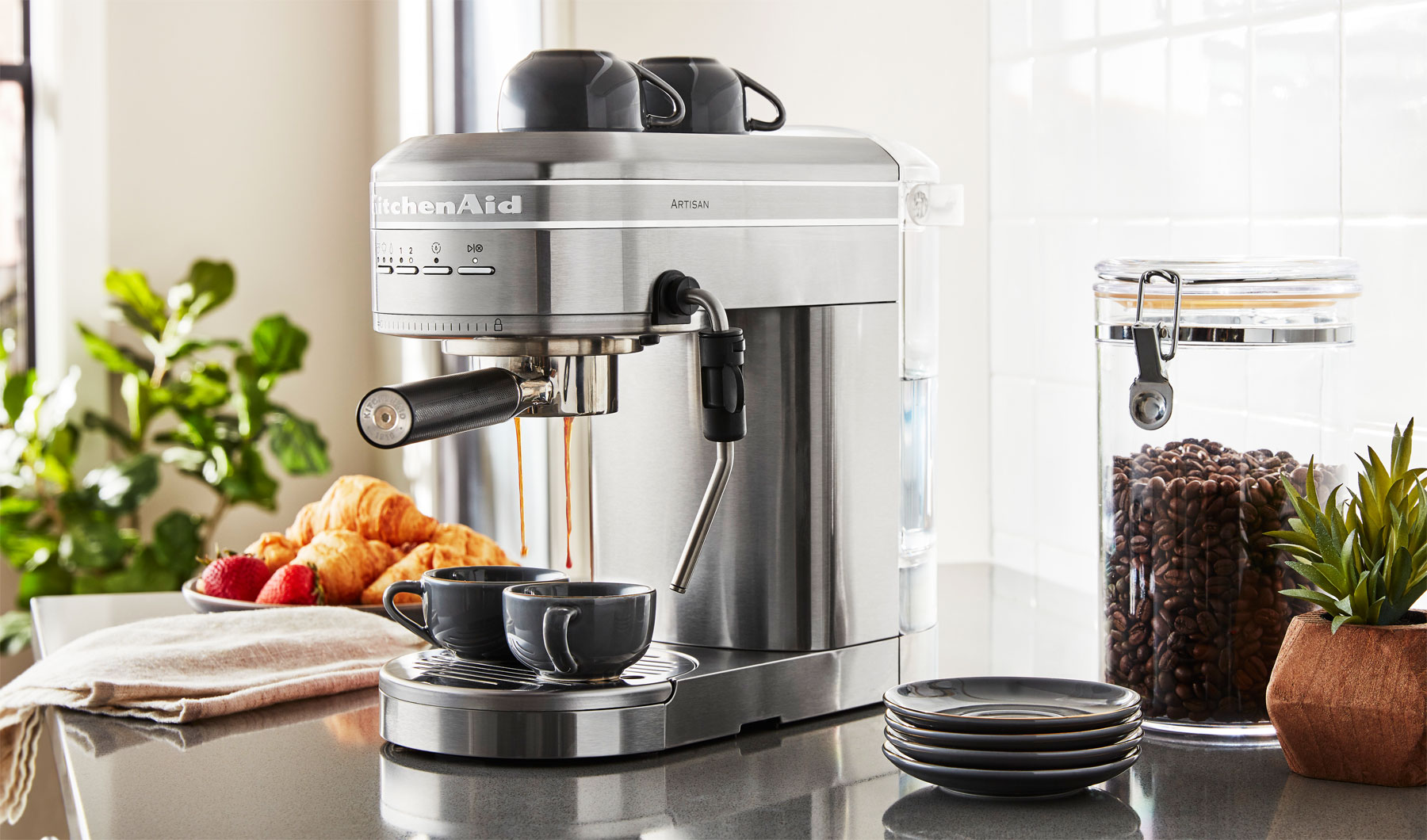
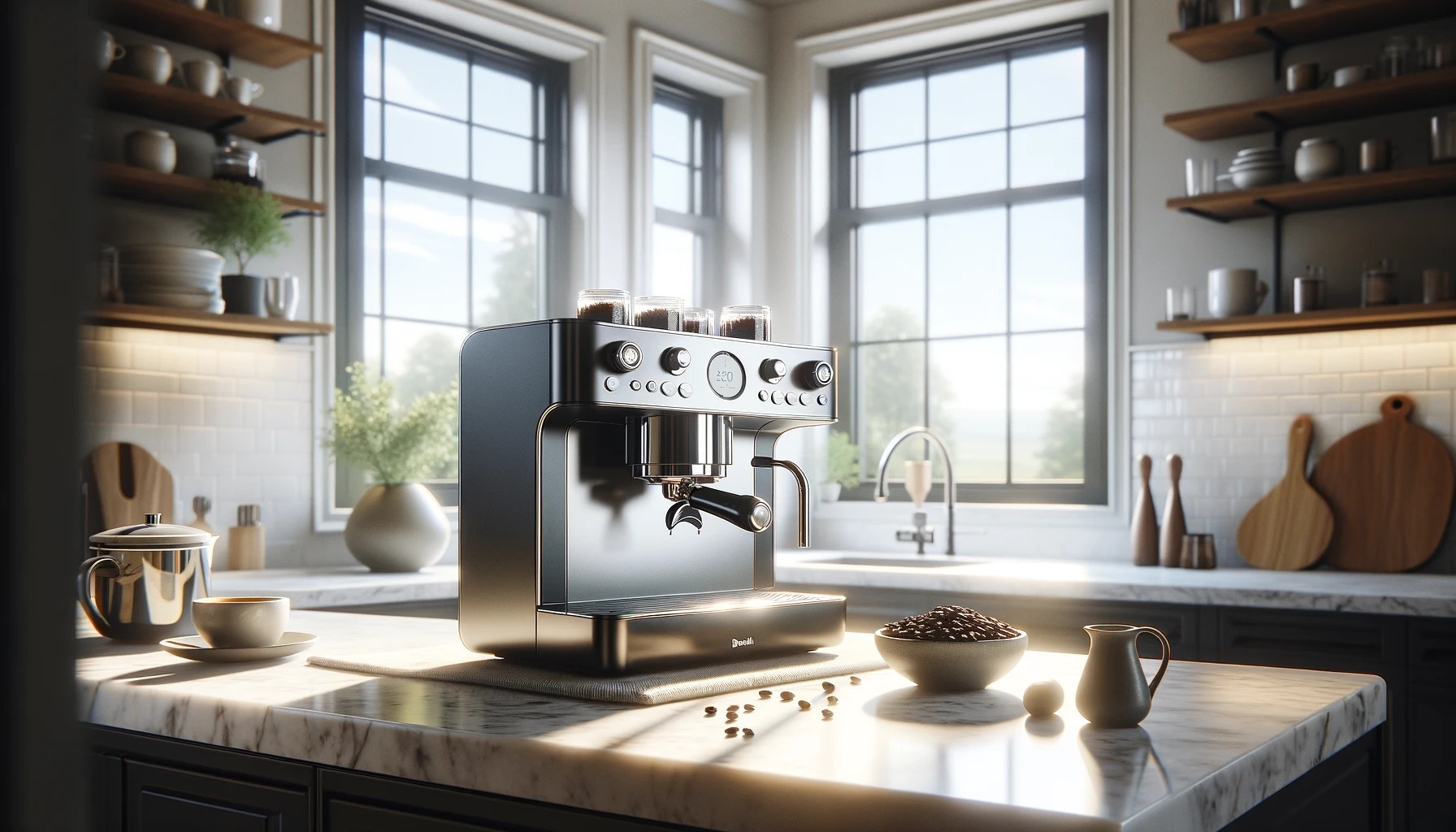
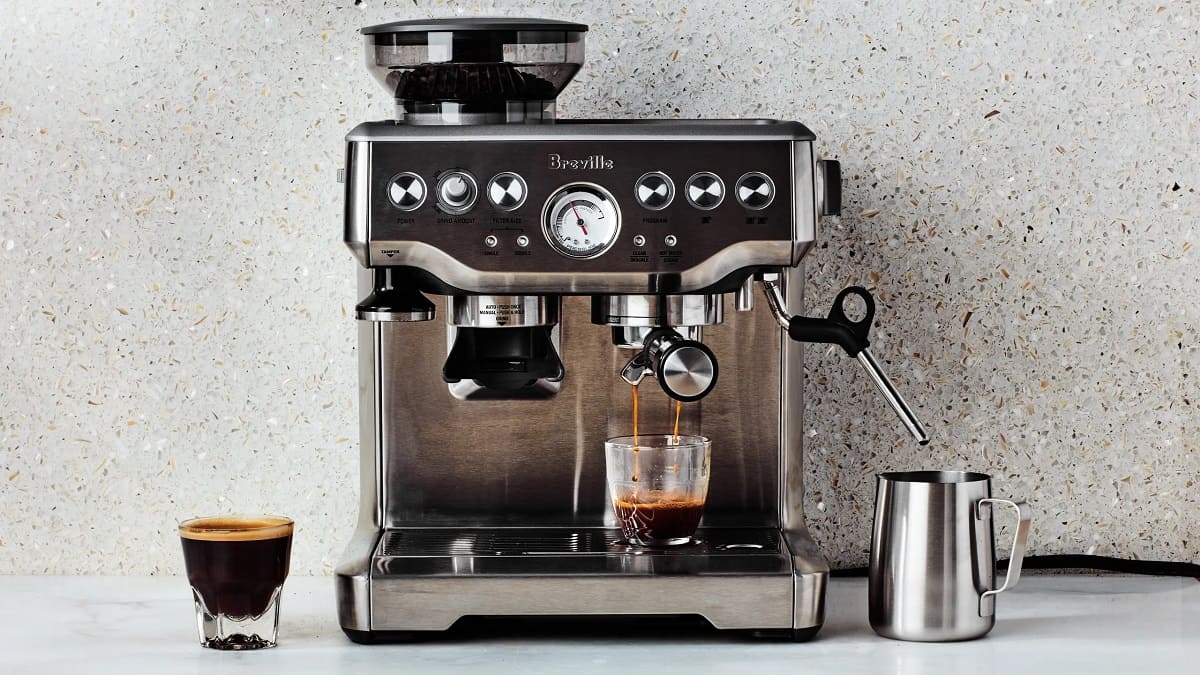
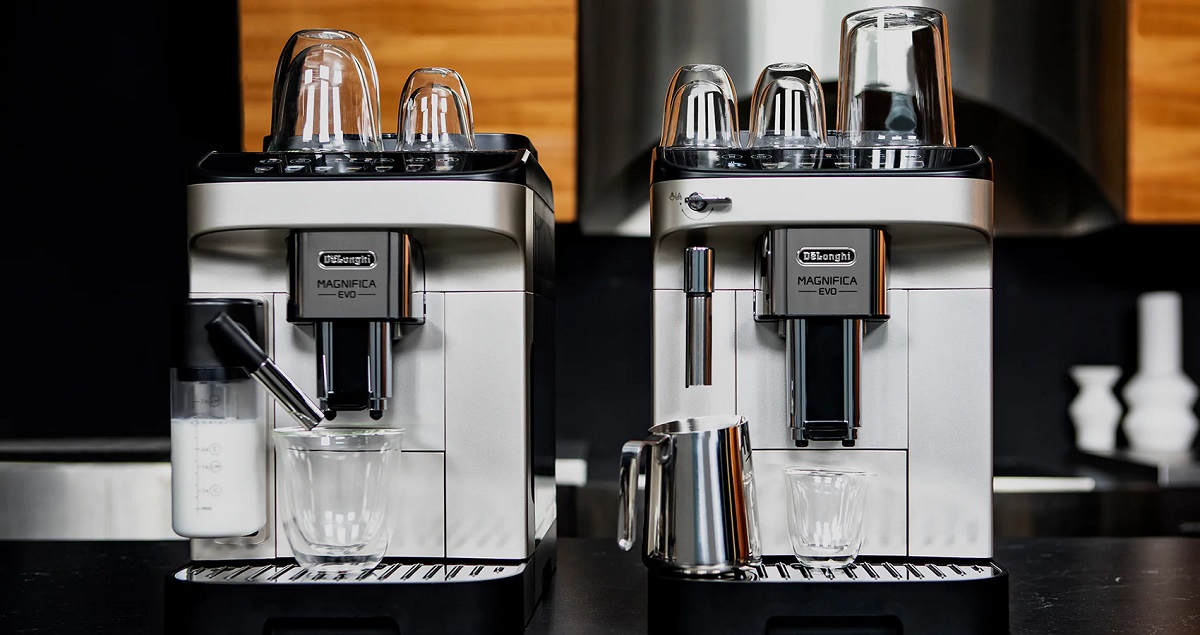
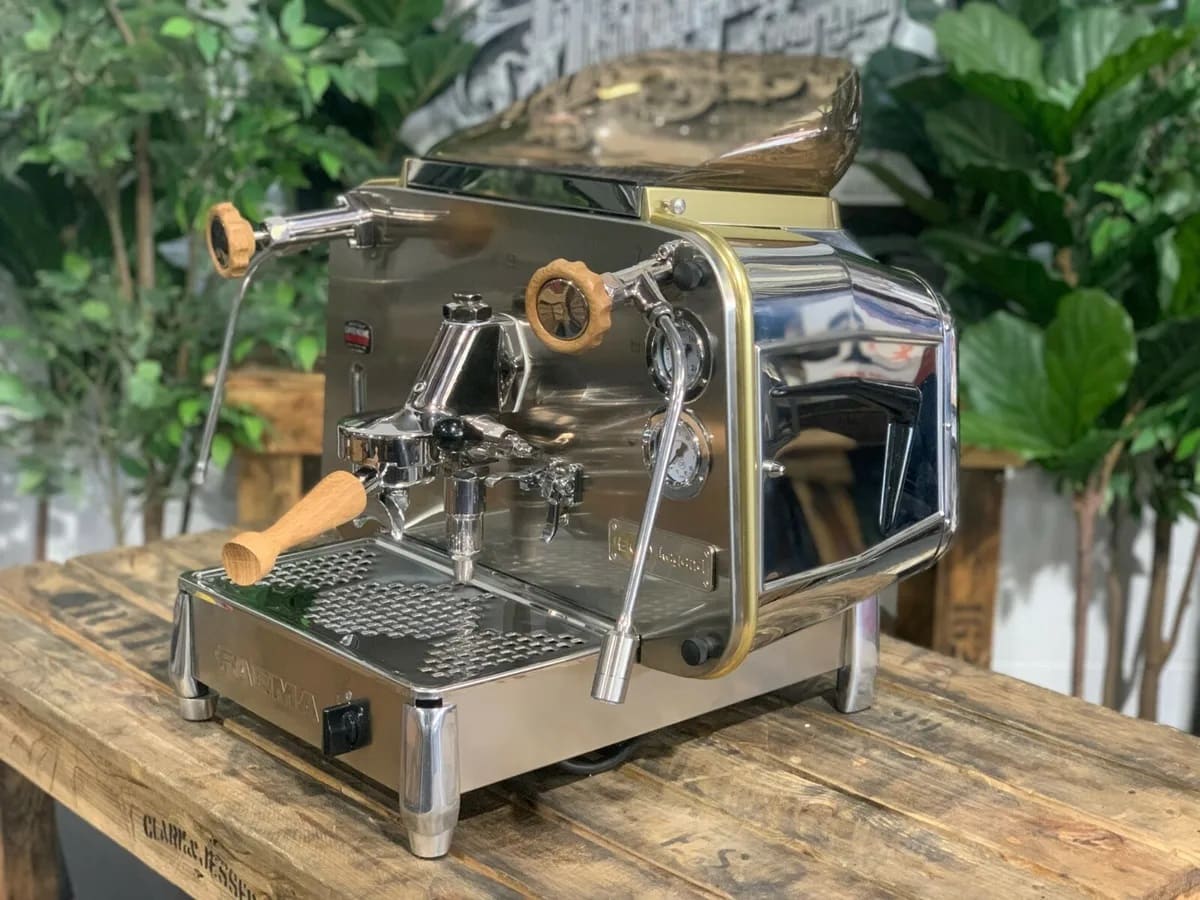
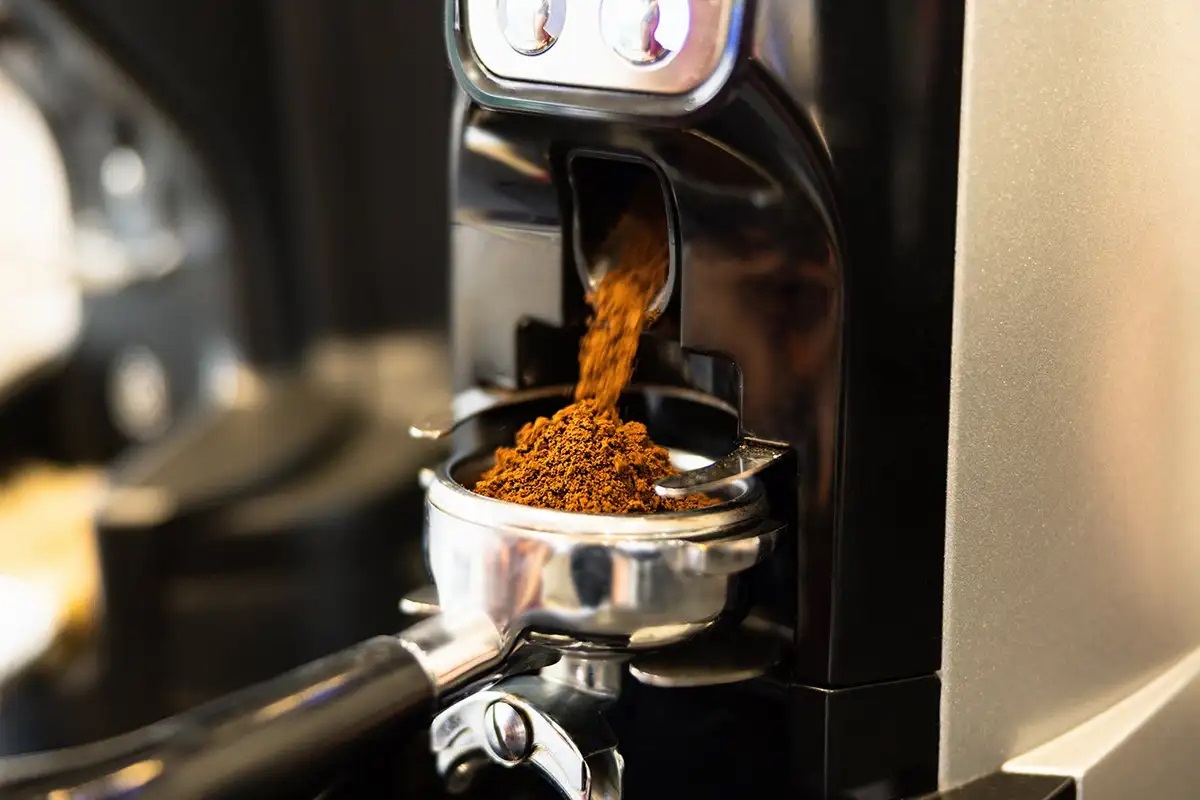
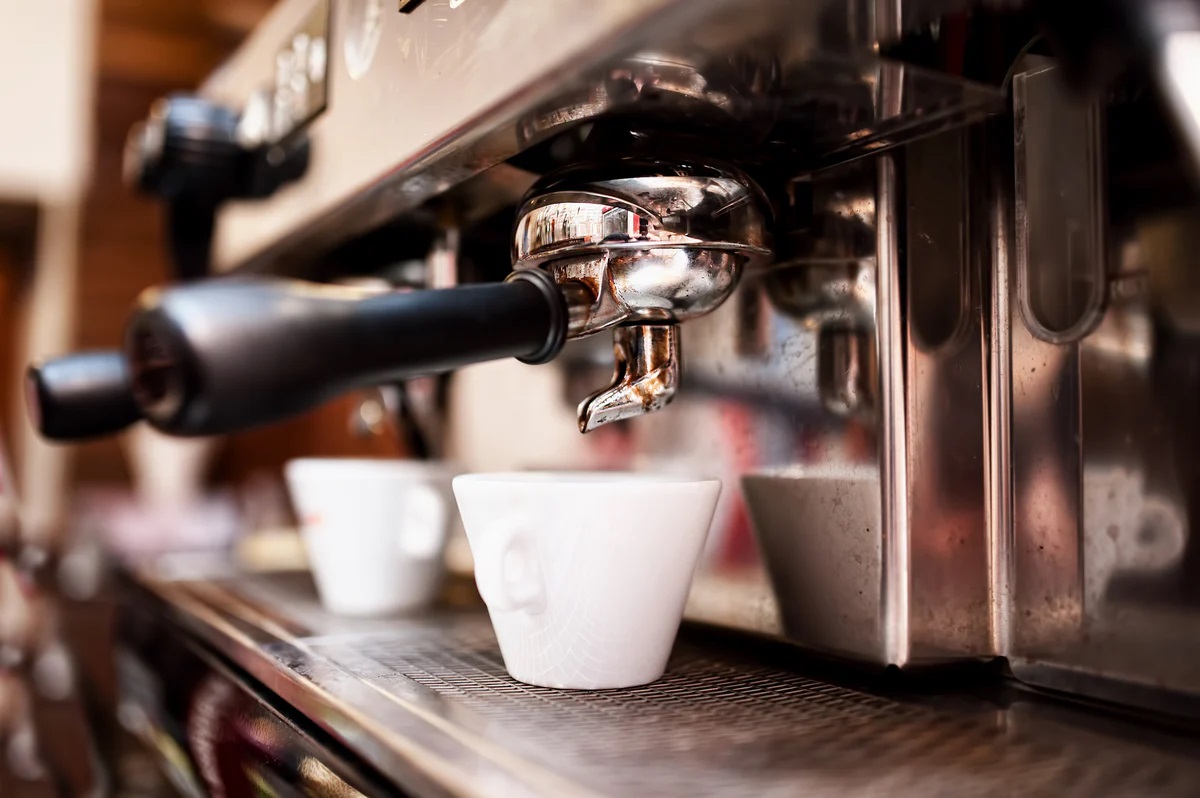
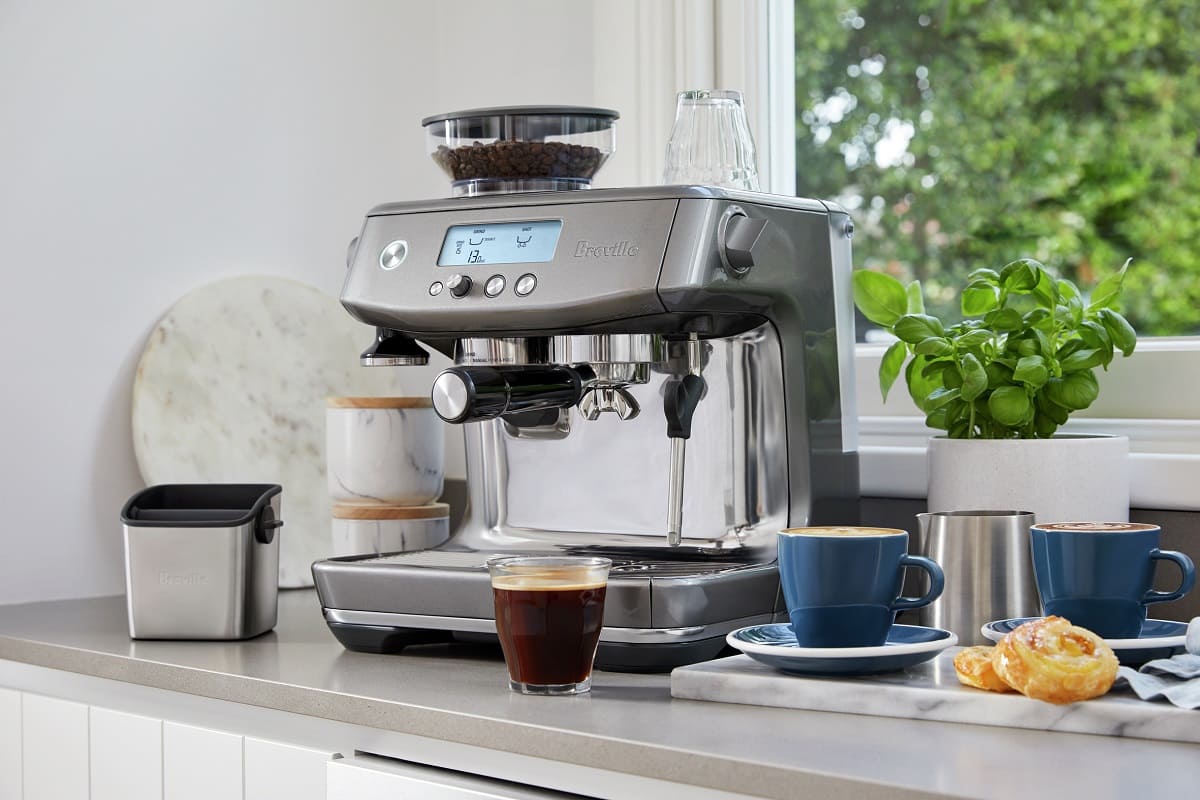
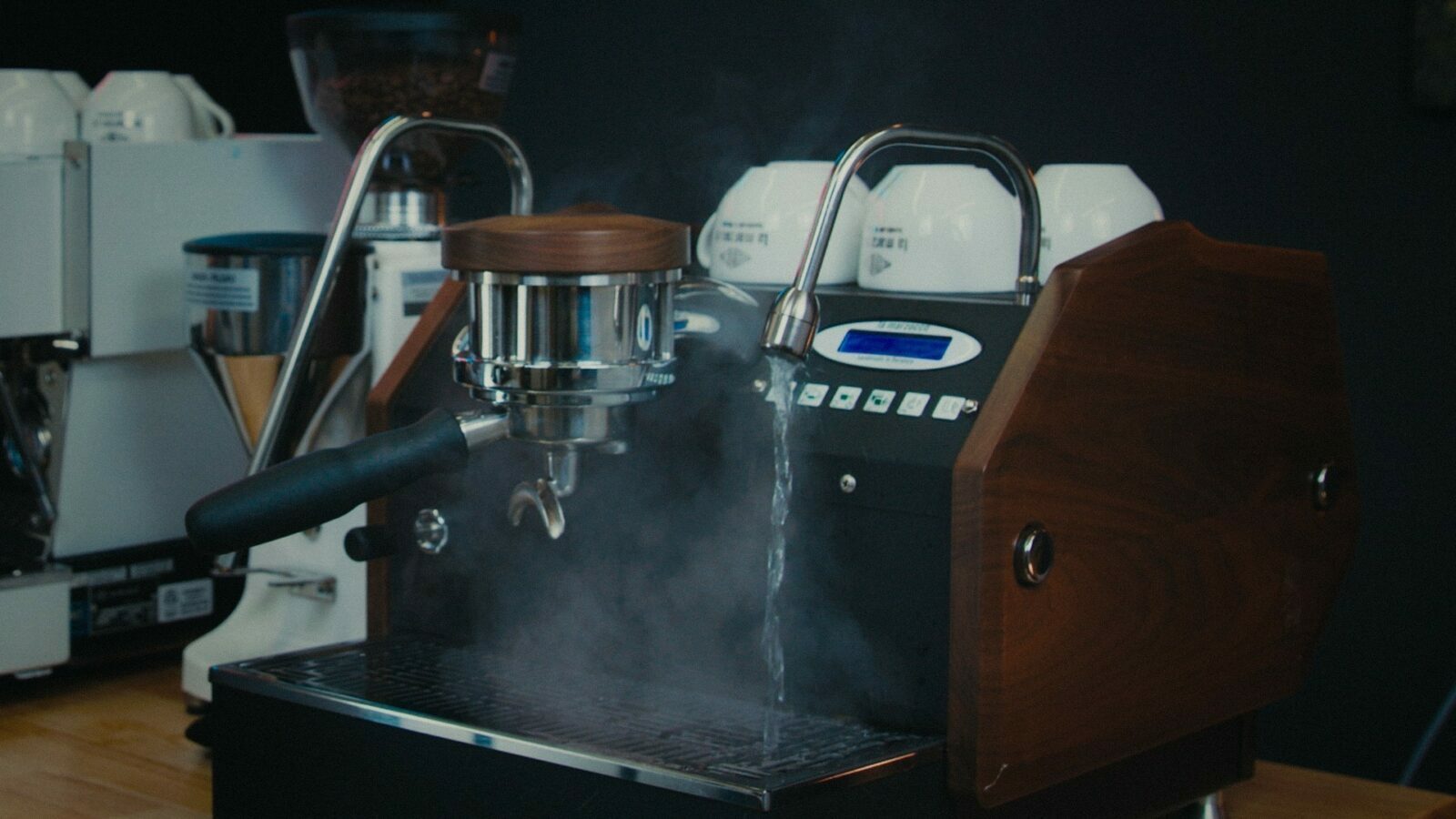

0 thoughts on “What Is A Pump Espresso Machine”